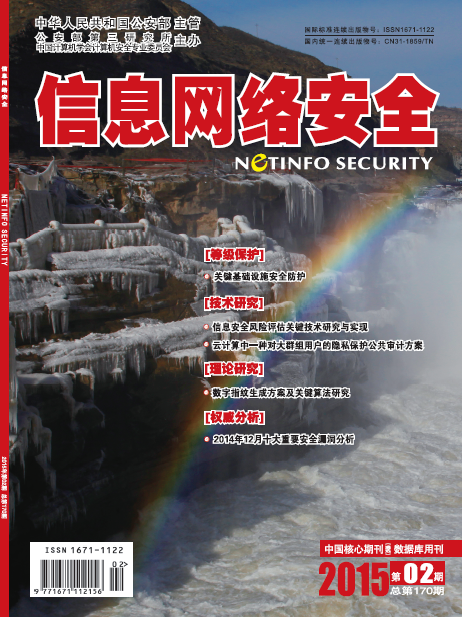Exploration and development of marine resources has great significance for human, at the same time, marine data acquisition is the premise of exploration and development of marine. How accurate, efficient and real-time access to ocean sensor data, has become the key problem of ocean exploration. Currently used for ocean data acquisition and transmission mode mainly includes cable transmission, underwater acoustic communication, mobile networks based on the GPRS communication and satellite communication mode. But because of their own limitations, cannot meet the real-time, high efficiency, low power consumption and low cost requirements. This paper presents a new set of data acquisition and transmission system, ocean sensor data real-time transmission system based on wireless network. Under water, extracted from sensor data through induction coupling through inductive coupling mode, through a plastic coated steel cable to transfer the data to the data acquisition board for processing and storage. Above the water, the establishment of a wireless network using FGR2 wireless module, completes the real-time remote wireless data transmission based on FGR2 module in high speed and long distance and anti-interference advantages. At the same time, the wireless network through the FGR2 module, the groups together all the nodes within the network, the main node can sequentially acquiring a plurality of buoy through the network protocol data, and can be controlled to realize accurate acquisition and transmission of marine sensor data, to realize real-time ocean data acquisition, high efficiency, low power consumption and low cost goals.

